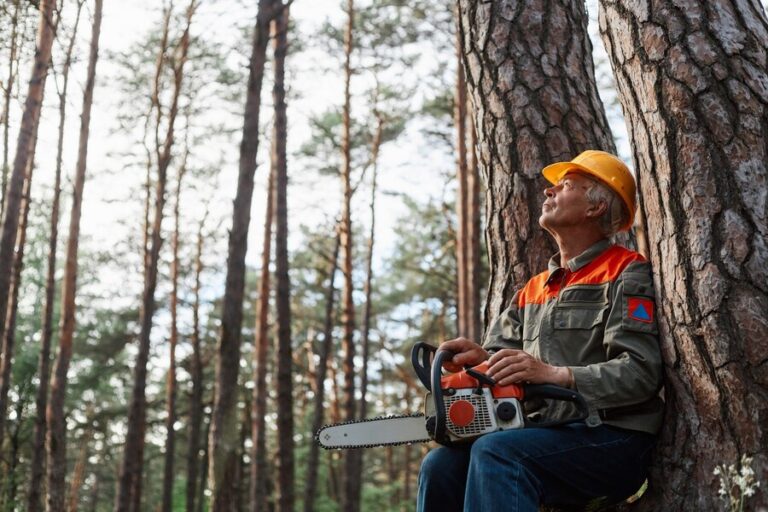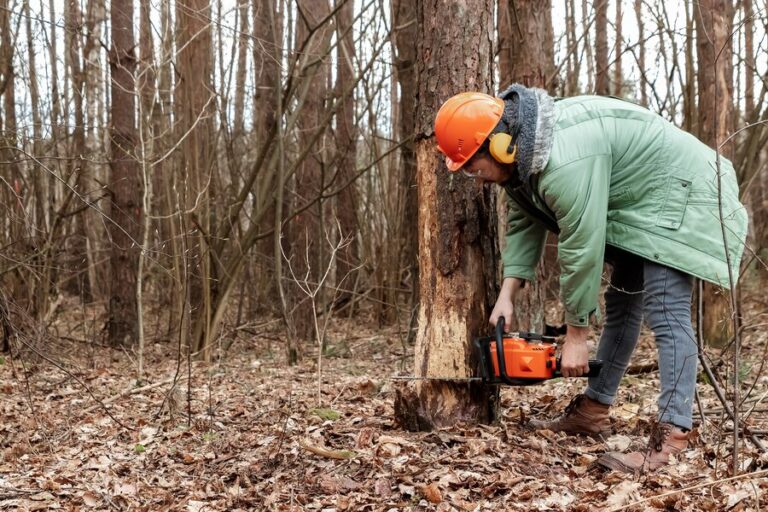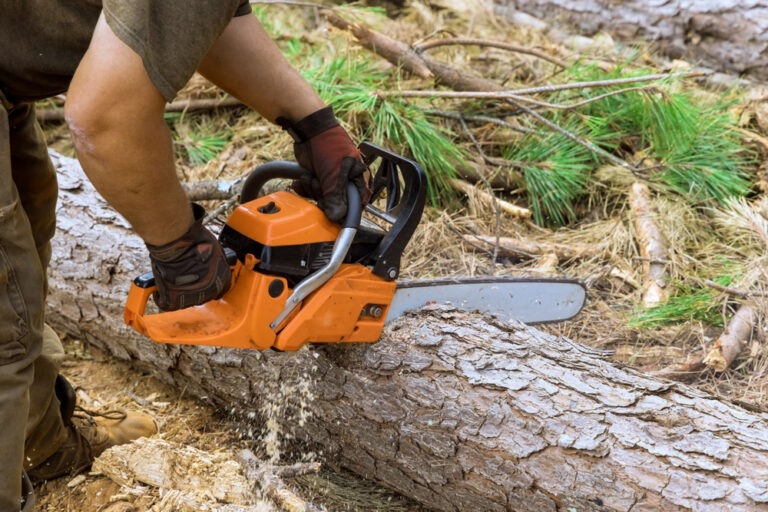After the Tree Comes Down: Staying Safe in Richmond VA
Richmond, Virginia, known for its historic charm and verdant landscapes, owes much of its allure to the majestic trees that adorn its streets and parks. These natural wonders provide shade, improve air quality, and enhance the aesthetic appeal of the city. However, alongside the beauty of trees comes the responsibility of ensuring safety, particularly after a tree removal. In this comprehensive guide, we delve into the critical safety measures homeowners need to take post-tree removal, navigating through city regulations, and understanding the significance of professional expertise.
Why trees need to be removed in Richmond
Trees are an integral part of Richmond’s urban ecosystem, but there are occasions when their removal becomes necessary. Common reasons include disease, decay, storm damage, or when they pose a threat to property or public safety. Dead or diseased trees can become unstable, risking collapse and potential damage to structures, vehicles, or even endangering lives. Similarly, trees damaged by severe weather events may require removal to prevent further hazards.
Hiring a professional for tree removal ensures the job is done safely and efficiently. Arborists and tree care specialists possess the expertise, experience, and specialized equipment necessary to assess the condition of trees and execute removal procedures with precision. By entrusting the task to professionals, homeowners mitigate risks associated with DIY attempts and safeguard their property and well-being.
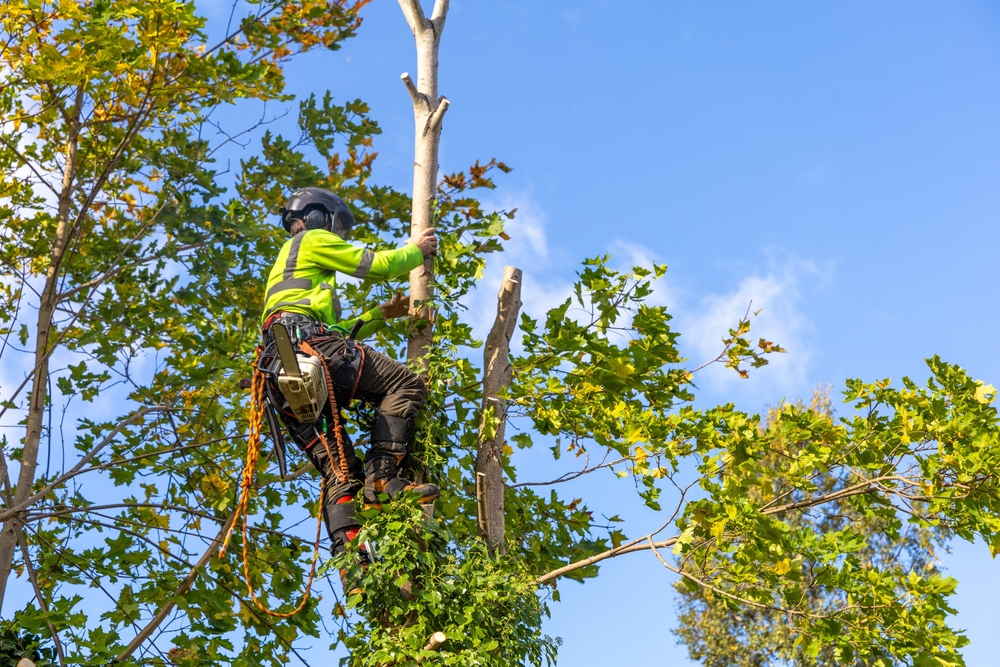
Post-tree removal safety measures
Once a tree has been removed, homeowners must remain vigilant to potential hazards that may linger in its aftermath. The immediate vicinity of the former tree site can pose risks such as falling branches, unstable ground, and residual debris. Clearing the area of branches and other debris is essential to prevent tripping hazards and ensure safe access.
Wearing appropriate safety gear is paramount when engaging in post-tree removal activities. Sturdy work gloves protect hands from splinters and sharp objects, while durable footwear with good traction reduces the risk of slips and falls on uneven terrain. Eye protection, such as safety glasses or goggles, shields against airborne particles and debris during cleanup efforts.
Inspecting the ground for stability is another crucial step in post-tree removal safety. The removal of a tree’s root system can destabilize the surrounding soil, leading to sinkholes or subsidence. Homeowners should assess the ground for signs of sinking or shifting and take precautions to reinforce or barricade areas at risk of collapse.
Transitioning smoothly into city regulations
Richmond, like many cities, has specific regulations governing tree removal to uphold safety standards and preserve the environment. Understanding these laws is essential for homeowners to navigate the process smoothly and avoid potential fines or legal repercussions. Compliance with city regulations not only ensures safety but also contributes to the overall well-being of the community and ecosystem.
City regulations on tree removal in Richmond
In Richmond, tree removal is subject to strict guidelines established by municipal authorities. These regulations aim to strike a balance between preserving the city’s green canopy and addressing safety concerns associated with tree removal. Depending on the size, species, and location of the tree, permits may be required for removal activities.
Permit requirements vary depending on the jurisdiction and may include provisions for replanting or compensatory measures to offset the loss of green space. Certain trees may be protected under local ordinances due to their cultural or ecological significance, necessitating special considerations for their removal. Homeowners are encouraged to consult with city officials or arborists to determine the applicable regulations before undertaking tree removal activities.
Precautions for DIY tree removal
While some homeowners may consider DIY tree removal to save costs, it is not without risks. Without the necessary expertise, equipment, and safety precautions, attempting tree removal can lead to property damage, personal injury, or even fatalities. Before embarking on a DIY tree removal project, homeowners should carefully assess the complexity of the task and weigh the potential risks.
One of the primary dangers of DIY tree removal is the risk of accidents or injuries resulting from improper equipment use or inadequate safety measures. Chainsaws, ropes, and ladders are commonly used in tree removal but can pose significant hazards if mishandled. Inexperienced individuals may lack the skills and training to operate such equipment safely, increasing the likelihood of accidents.
Moreover, the structural integrity of trees and the surrounding environment can be compromised during DIY removal attempts. Improper cutting techniques or inadequate support mechanisms may cause trees to fall unpredictably, resulting in property damage or injury to bystanders. Additionally, the removal of large trees can generate substantial debris that must be disposed of properly to avoid environmental contamination or fire hazards.
For those determined to tackle tree removal themselves, it is essential to prioritize safety and adhere to best practices. Investing in quality tools, such as chainsaws and safety harnesses, and familiarizing oneself with proper cutting techniques can minimize the risk of accidents. However, homeowners should be prepared to seek professional assistance if the task proves too challenging or hazardous.
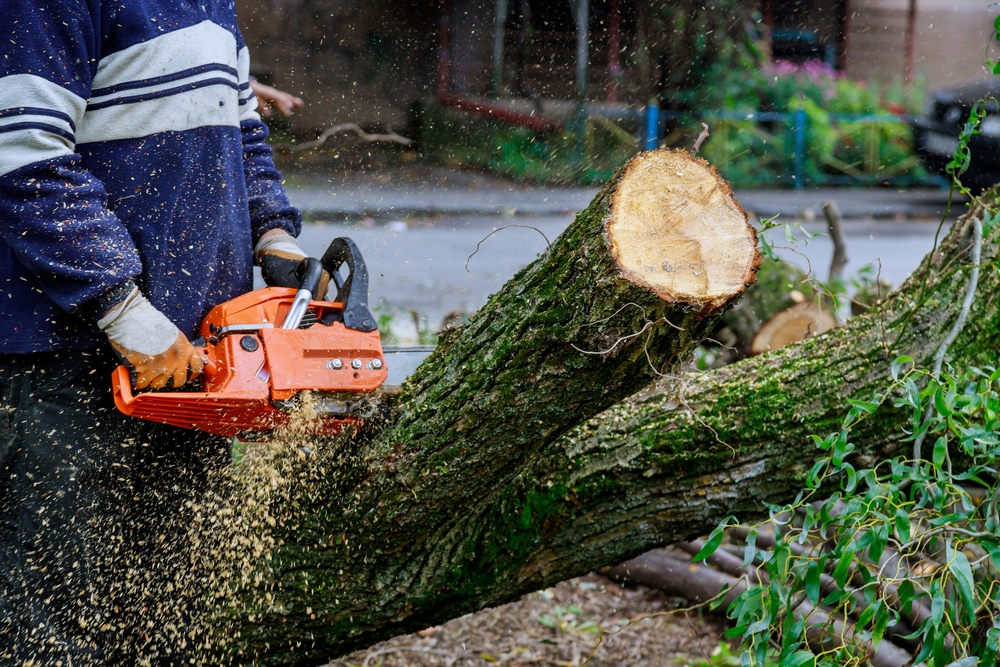
Importance of post-tree removal maintenance
After a tree has been removed, homeowners must address the aftermath to ensure a safe and aesthetically pleasing outdoor environment. Proper disposal of tree debris and stump removal are essential components of post-tree removal maintenance. Leaving stumps and debris in the yard can pose various risks, including tripping hazards, pest infestations, and impediments to future landscaping efforts.
Stump removal is often necessary to eliminate tripping hazards and prevent the regrowth of trees from remaining roots. Homeowners can choose from various methods for stump removal, including grinding, chemical treatments, or manual extraction. Each approach has its advantages and limitations, depending on factors such as stump size, location, and desired outcomes.
Disposing of tree debris responsibly is another critical aspect of post-tree removal maintenance. Depending on the volume and type of debris generated, homeowners may need to arrange for its proper disposal or recycling. Burning tree debris should be avoided due to the risk of air pollution and fire hazards, especially in urban areas with dense populations.
Conclusion
In conclusion, ensuring safety after tree removal is paramount for homeowners in Richmond, VA, and beyond. By understanding the reasons for tree removal, adhering to city regulations, and prioritizing safety measures, individuals can safeguard themselves, their property, and their community. Whether opting for professional assistance or DIY, maintaining vigilance and following best practices is key to a successful outcome. Let’s work together to keep Richmond safe, green, and thriving for generations to come.

